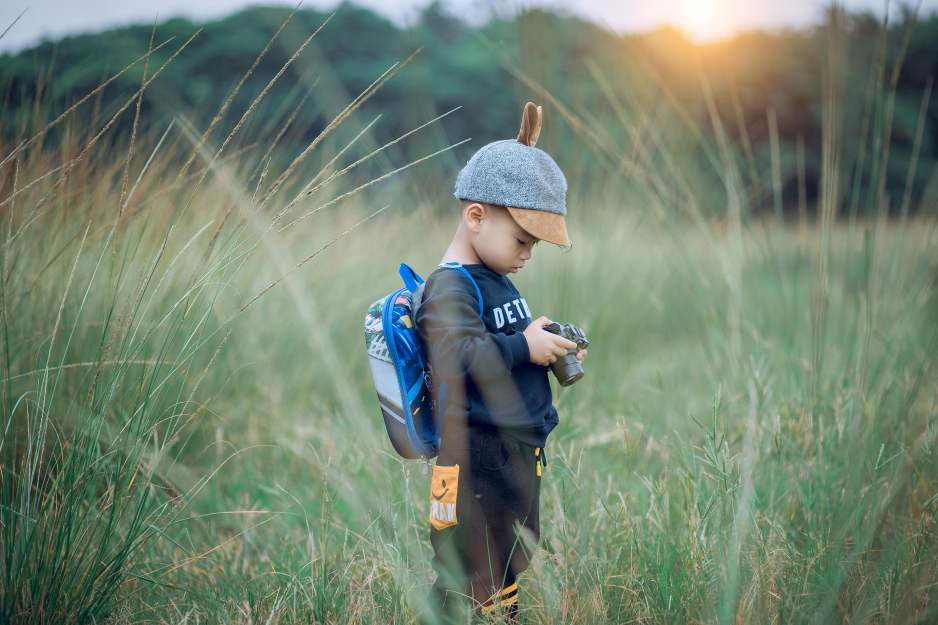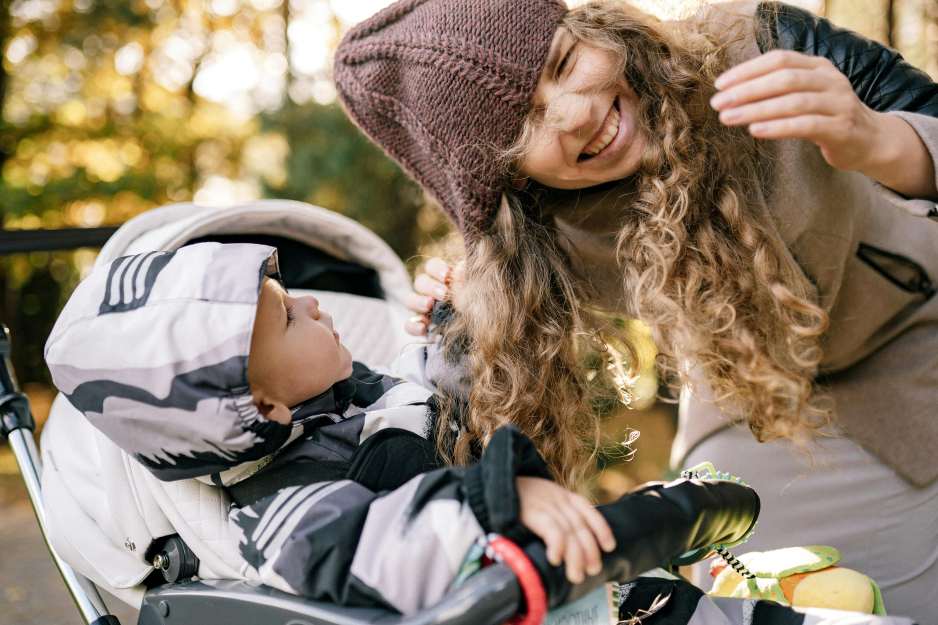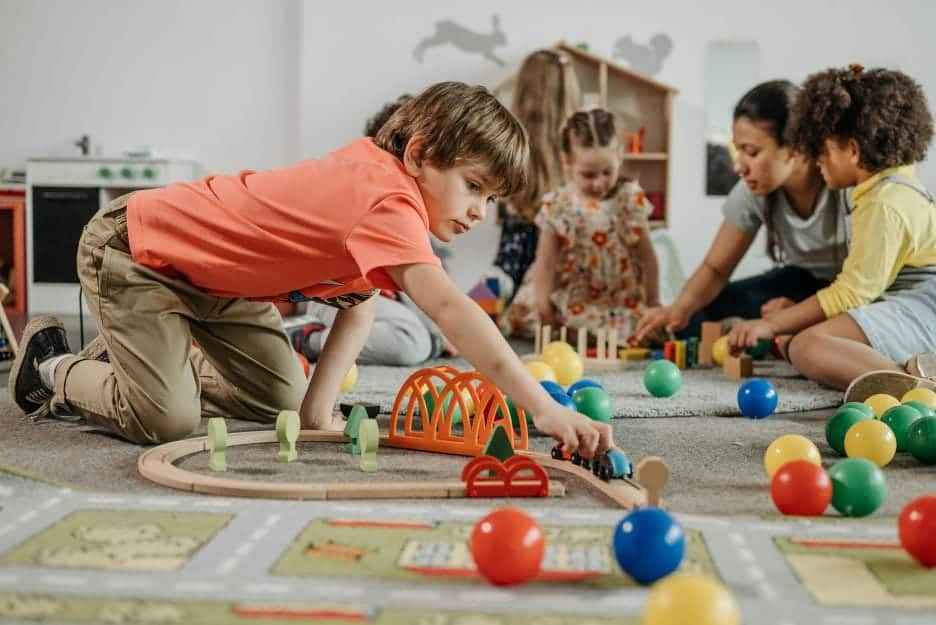Choosing the right backpack for your child is more than just picking a fun design. The best kids backpacks should combine functionality, comfort, durability, and style. Here’s a comprehensive guide and review of the top backpacks available, tailored to different needs and age groups.
What to Look for in a Kids’ Backpack
- Comfort and Support:
- Padded Straps: Wide, adjustable straps with padding reduce shoulder strain.
- Ergonomic Design: Backpacks with padded back panels or contoured designs provide additional support.
- Chest Straps: Help distribute weight evenly.
- Size and Capacity:
- Look for age-appropriate sizes. A good rule of thumb is that a child’s backpack should not be wider than their torso or hang more than 4 inches below the waist.
- For younger kids, a smaller capacity (10-15 liters) is sufficient, while older kids may need 20-30 liters for books and supplies.
- Durability:
- Sturdy materials like polyester, nylon, or canvas withstand daily wear and tear.
- Reinforced stitching and quality zippers are essential.
- Design and Functionality:
- Multiple compartments help with organization.
- Reflective strips for visibility and safety.
- Fun, kid-friendly designs that match their personality or interests.
- Water Resistance:
- A water-resistant material or a rain cover is ideal to protect items from spills or rainy weather.
Top Picks for Kids’ Backpacks
1. L.L.Bean Original Book Pack
- Why It’s Great:
- Durable, water-resistant 600-denier polyester.
- Padded shoulder straps and back panel for comfort.
- Available in various colors and patterns.
- Best For: Elementary and middle school students.
- Pros:
- Spacious main compartment.
- Reflective accents for visibility.
- Cons: Higher price point compared to others.
2. Pottery Barn Kids Mackenzie Backpack
- Why It’s Great:
- Customizable with monograms.
- Multiple sizes available (preschool to teen).
- Eco-friendly materials in some designs.
- Best For: Kids who want personalization and style.
- Pros:
- Sturdy and stylish.
- Matching lunch bags available.
- Cons: Slightly heavier when loaded.
3. JanSport SuperBreak Backpack
- Why It’s Great:
- Iconic design with a lightweight build.
- Durable 600-denier polyester material.
- Simple yet effective layout.
- Best For: Older kids and teens.
- Pros:
- Affordable and durable.
- Wide range of colors and prints.
- Cons:
- Limited organization features.
4. Skip Hop Zoo Pack
- Why It’s Great:
- Adorable animal-themed designs.
- Lightweight and perfectly sized for preschoolers.
- Best For: Toddlers and preschoolers.
- Pros:
- BPA-free, Phthalate-free materials.
- Easy-to-clean lining.
- Cons:
- Smaller capacity.
5. Herschel Heritage Kids Backpack
- Why It’s Great:
- Stylish and modern with child-friendly sizing.
- High-quality materials and durable construction.
- Best For: Style-conscious kids.
- Pros:
- Compact and lightweight.
- Reinforced base for longevity.
- Cons: Fewer compartments for organization.
6. Nike Brasilia Backpack
- Why It’s Great:
- Sleek and sporty design.
- Durable polyester with water-resistant coating.
- Best For: Active kids and sports enthusiasts.
- Pros:
- Spacious compartments, including a laptop sleeve.
- Breathable padded straps.
- Cons: Limited design options for younger kids.
7. Fjällräven Kånken Mini
- Why It’s Great:
- Iconic Scandinavian design.
- Lightweight and water-resistant Vinylon F material.
- Best For: Minimalist style lovers and environmentally conscious families.
- Pros:
- Ergonomic top handle and backpack straps.
- Compact but spacious interior.
- Cons: Expensive for its size.
How to Choose the Right Backpack for Your Child
- Consider Their Age:
- Preschoolers need small, lightweight backpacks with fun designs.
- Elementary kids need medium-sized bags with more compartments.
- Middle and high schoolers require larger, more sophisticated designs.
- Think About Their Daily Needs:
- For school, ensure space for books, a lunch box, and supplies.
- For extracurricular activities, consider a bag with extra space for sports gear or a laptop.
- Prioritize Durability:
- Kids can be tough on their belongings, so choose a backpack that can handle rough treatment.
- Involve Your Child:
- Let them pick a design they love, ensuring they’re excited to use their backpack.
Tips for Proper Use
- Ensure your child carries no more than 10-15% of their body weight.
- Adjust straps to distribute weight evenly.
- Use all compartments to balance the load.
Final Thoughts
The best kids’ backpacks balance durability, functionality, and style. Whether you’re shopping for a preschooler’s first backpack or a sturdy school bag for a teenager, the options above cater to a wide range of needs. Investing in a high-quality backpack will ensure your child has a reliable and comfortable companion for school and beyond.


